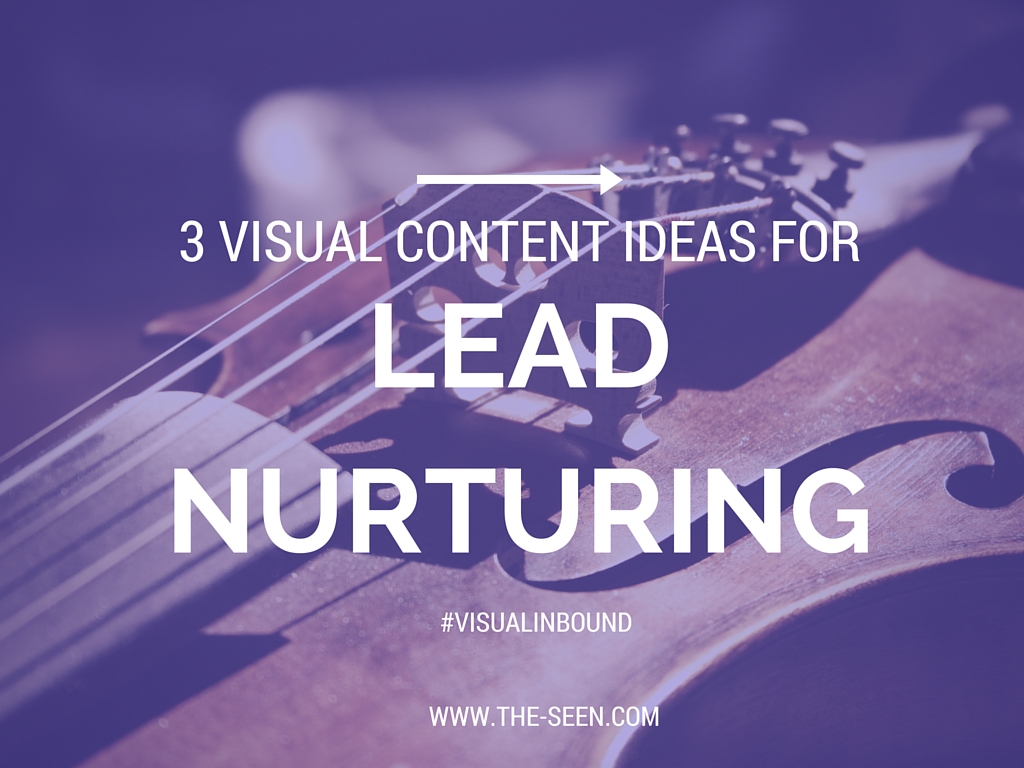Lead nurturing allows you to “nurture” prospective customers and approach customers whose needs and prospects have increased.
In the case of BtoC, you may be able to indirectly cultivate interest in your product or service by using talent for the features and content of your product or service.
However, in the case of B2B, it may be difficult to attract customers with such superficial interest.
Let’s take a look at content design in BtoB lead nurturing.
Lead nurturing in BtoB

First of all, if we consider the process by which a customer purchases or contracts for a service or product in BtoC, if we can convince the customer himself/herself, we can conclude a contract, so we can respond in a relatively short period of time and with fewer approaches, but in BtoB, The process and accompanying consideration period are longer than in the BtoC field, such as in-house consideration and payment from consideration of a single product to purchase, so it is important to approach each customer appropriately.
Here are some examples of BtoB
lead nurturing
:
- Web content
- Seminar held
- Step mail/email newsletter
- DM
- phone
- Online advertising (remarketing)
- Material download
There are other approaches.
Additionally, websites and LPs are often used at the end of these approaches.

In other words, the quality of that content determines the success of lead nurturing.
Now, let’s take a look at some of the important things in content design for BtoB lead nurturing.

Three important things in content design for lead nurturing

1. Understand the process leading up to closing the deal
As I mentioned earlier, unlike BtoC, the decision to purchase a product or introduce a service involves involving various departments and people in charge.
What is the process by which customers purchase and implement the services and products that your company sells?

Understand the process and what kind of people will be involved in the process?
What kind of demands are likely to arise in those departments?

We will continue to understand.
The process from purchasing a product to introducing a service is called the “customer journey,” and by understanding this, you can create content that is more tailored to the customer’s situation and needs.

2. Understand the attributes of prospective customers
Once you understand the “customer journey” of the process leading up to the conclusion of a contract, you will naturally be able to see who the actual person in charge will be.
By setting up a customer image called a “buyer persona”, similar to the BtoC “persona”, what kind of content should we approach with?

You will also be able to analyze and consider the most effective dates and times for email distribution.

3. Narrow down the content
Lead nurturing targets customers who are already knowledgeable about your company’s products and services, but have not yet made a purchase.
Even if you send an e-mail, etc., simply presenting information like a normal LP is just doing the same thing as
lead generation
, so it will not lead to a closing.

What kind of information do customers really need in the process of understanding the customer journey and buyer persona and making decisions for those in charge? Be sure to understand exactly what is going on, and then try to provide attractive content based on that understanding.

summary
The three important things when designing content for lead nurturing are to understand what kind of people and flows are involved in purchasing and introduction, and what backgrounds and needs are hidden behind them, and then create the appropriate content. The most important thing is to provide.

